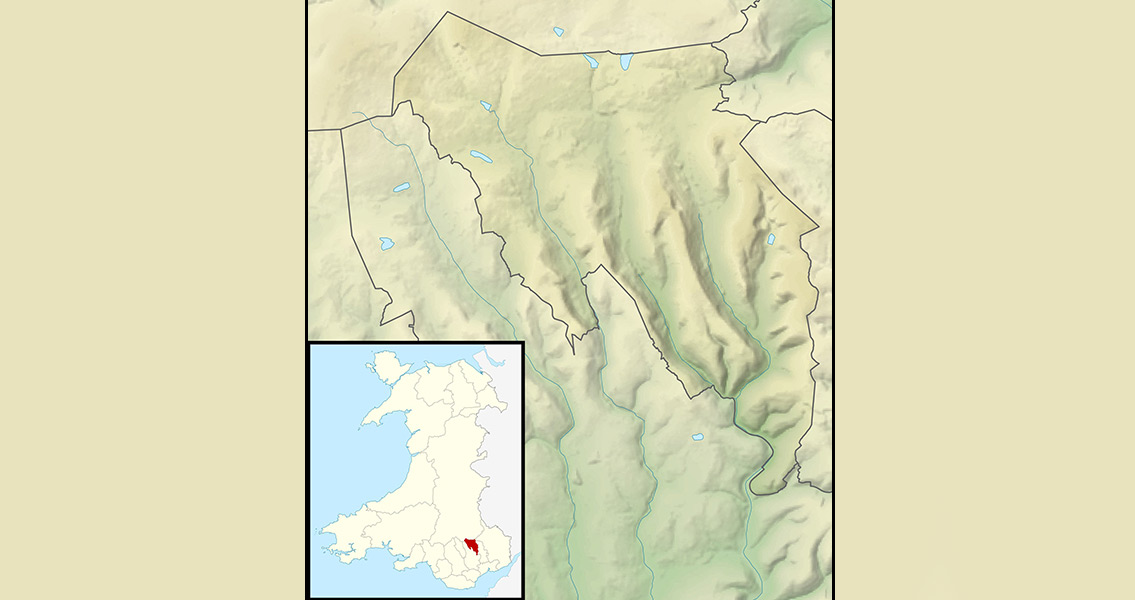<![CDATA[An amateur archaeologist in Wales has discovered the remains of a shepherd’s hut which dates back to the Bronze Age - approximately 4,500 years ago - and he did it by browsing Google Earth. The ancient hut (the first one discovered in Wales) was found in the county of Blaenau Gwent, in the south of Wales. A longstanding member of the Aberystruth History and Archaeology Society, Ian Fewings was using Google Earth to browse for signs of the location of a firing range from the First World War when something altogether different caught his eye. The shepherd’s hut is located on a private farm, near the top of Cwmcelyn valley By satellite, the remains appear simply as a circle in the natural landscape. Before Fewings could visit the site to explore it further, he had to obtain the property owner's permission. Once that was accomplished Fewings, along with local historian Frank Olding visited the site. Once an initial investigation was complete, Olding believed the circle they had found was from the Bronze Age but was unable to say so conclusively. A second opinion by an archaeologist confirmed Olding’s suspicions. As it exists today, the hut is little more than a round platform cut into the hillside. It would have once been used as a small home to farmers or shepherds. Farmers likely used the dwellings during the summer when they moved their cattle and sheep up to higher grazing fields. Apparently the current owner, Anthony Price, was aware of the site and its location but had been told years before the circular marking was due to sheep feeders which had been placed and left there. Mr. Price was also responsible for discovering a small amount of flint on his property which dates back around 9,000 years to the Neolithic period, confirming the valley has been populated for at least that long. The Cwmcelyn Valley area was once the home of the Blaina and Cwmcelyn Ironworks Company, one of many foundries located in the Blaenau Gwent Valley. The works closed in 1839. The Cwmcelyn Pond is a popular tourist attraction and was constructed using the remains of the old feeder pond that supplied water to the ironworks. The pond is now a recreational lake for fishing. It’s still possible to find flints, arrow heads, and other artifacts around the pond and throughout the valley The Aberystruth History and Archaeology Society believes the Cwmcelyn Valley still has an abundance of archaeological sites and remains to be discovered. The society has begun the process of submitting a funding request to the Heritage Lottery Fund in order to pay for the survey and excavation of some of the more significant sites hiding in these forgotten valleys. Members of the society have also been working in partnership with businesses and local government to launch a unique project for all members of the local community. The project would explore the rich history of the area; from the Bronze Age forward, encouraging people to share their verbal histories and participate in other archaeological aspects of the project. Image courtesy of Wikimedia Commons user: Nilfanion,]]>
Amateur Archaeologist + Google Earth = Bronze Age Find
